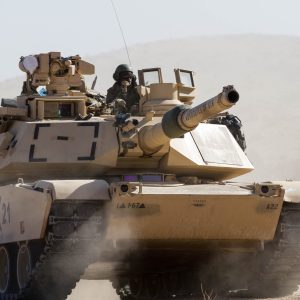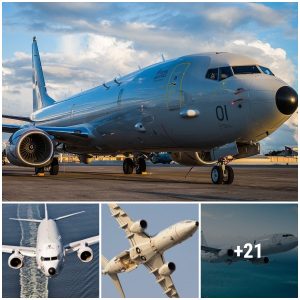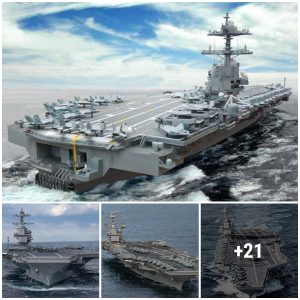“The fighter was the most efficient vehicle, but did not perform a number of basic functions,” experts say. American military expert Mark Episkopos tried to understand the reasons for the refusal of the Russian fighter jet by the military from India.

In the early 2000s, the Su-33 was one of the most efficient fighters of the Russian military aviation. They chalk many characteristics that helped him gain air superiority. However, its characteristics were not enough to confront representatives of Russian fighter aviation in a fierce competitive battle. By the end of the 70s of the last century, there was a need in the USSR Ministry of Defense to develop a carrier-based version of a promising fighter. After a while, the Su-27K appeared, in the name of which the letter K meant “ship”. For the first time in the history of the USSR, it took off and landed on the aircraft-carrying cruiser “Admiral Kuznetsov”.
Su-33 on Admiral Kuznetsov

However, it required the completion of the carrier-based aircraft, which would provide the fighter with a higher efficiency in the destruction of surface targets. The result of these modifications was the Su-33 fighter. Unlike the Su-27, it had a reinforced chassis, a more durable chassis, folding wings, an increased wing area and more powerful power plants. The Su-33 has additional ammunition suspension points.
However, further exploitation showed that the thirty-third was somewhat too large for the “Admiral Kuznetsov” to massively exploit the fighter. In addition, it lacked a set of functions necessary for the effective use of the aircraft against ground targets. It was this that frightened the Indian military, who sought to acquire a universal combat apparatus capable of both dominating the air and inflicting damage on the enemy on the ground.

Flight of the Su-33
In 2009, the Russian Defense Ministry decided to replace the Su-33 with a cheaper fighter for carrier-based aircraft. The Su was replaced by the MiG-29K. According to the author of the material, such a replacement was a kind of backward step. MiGs could not boast of flight range and maneuverability in front of the Su-33. But they were more effective multirole fighters. An expanded selection of missiles and bombs allowed the MiG-29K to “work” against objects in the air, on water and on land. But this does not mean that the Su-33 was forgotten by Russian aircraft designers. In 2010, a decision was made to modernize the aircraft. The modernization plans included the expansion of such functions as: replacement of power plants with AL-31F-M1 engines with the possibility of 1.5 thousand take-offs and landings; installation of the latest satellite navigation systems; installation of new bombing complexes;

installation of laser scanning and irradiation warning stations; the possibility of extending the life of the glider; the installation of an aiming and navigation system, and most importantly, the Su-33, already with the letter M, will be able to use guided air-to-surface missiles. All these modifications will make the fighter a more formidable ωεɑρσռ than the MiG-29K. Moreover, there is still time for this. The only Russian aircraft carrier, Admiral Kuznetsov, is awaiting repairs after several accidents. The Ministry of Defense of the Russian Federation decided at the same time to allocate funds for the re-equipment of the aircraft carrying cruiser. The deck of “Admiral Kuznetsov” will be expanded, and he will be able to use the Su-33M and MiG-29K in full.
Admiral Kuznetsov under repair

However, the timing of the return to service “Kuznetsov” has not yet been determined. There are a number of reasons why a cruiser may not return to service at all. The resulting fire significantly damaged the ship. The amount of damage that was announced by the representative of the USC, for sure, in the opinion of the author of the material, is underestimated. The deadlines for the completion of the repair are constantly postponed. Contractors are changing. In this case, the fate of the Su-33M may hang in the air.





